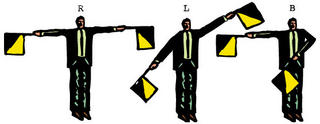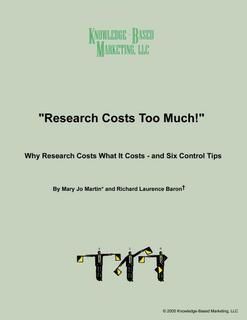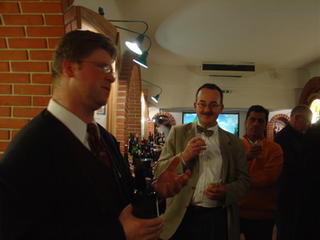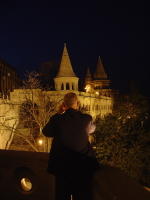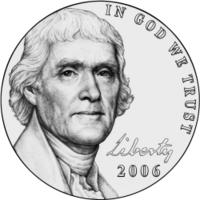 Tonight you’ll respond to “Trick or treat” in the usual way: fistfuls of candy and a friendly wave to the parents who will stand on the curb while their kids ring the doorbell.
Tonight you’ll respond to “Trick or treat” in the usual way: fistfuls of candy and a friendly wave to the parents who will stand on the curb while their kids ring the doorbell.There’s one more thing you could do today – check out one of the skeletons that inhabit your closet. We all have them, I think. This would be a good day to set an old sin free, right a wrong, or apologize for some regretted action.
Think of this "Skeleton Release Program" like a combination of celebrations. A bit of Halloween, a contraction of the evening of All Hallowed Souls, the night before All Saints Day. A spoonful of the Hispanic Day of the Day, when those that have departed this life are remembered. A dash of Yom Kippur, recently past, a Day of Atonement.
Have a skull session with yourself. Approach the day with a sense that there is something more compelling about Halloween than the worry you might run out of single-serve M&Ms packets. I’m intrigued by the idea of committing random acts of kindness. But today, maybe a look in the skeletons in your past will be a better motivator.
I’m off to rummage through my closet. Happy Halloween.





